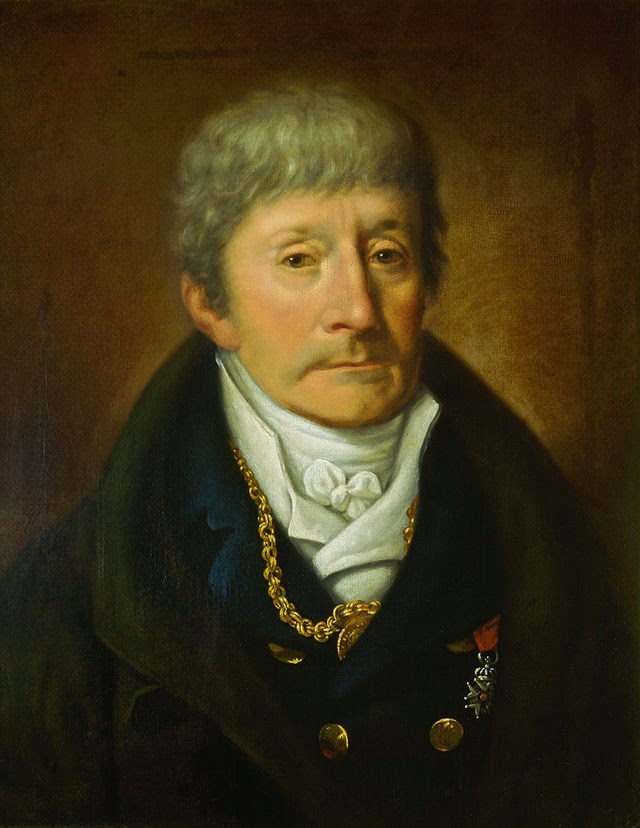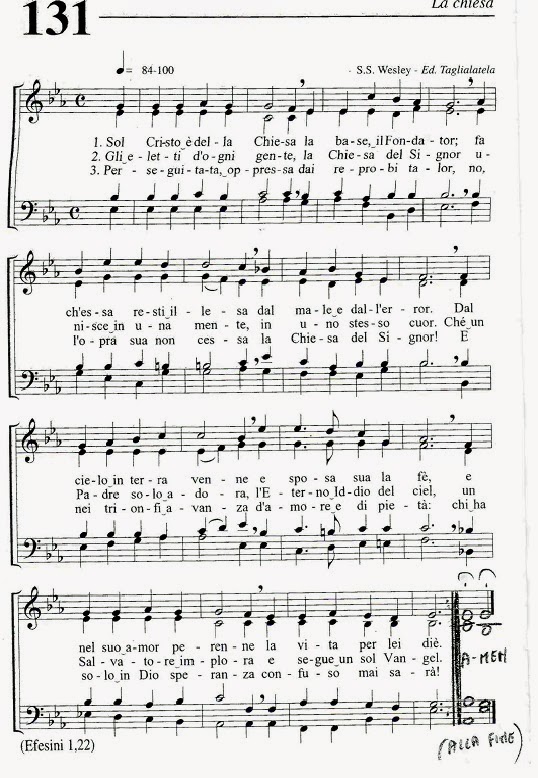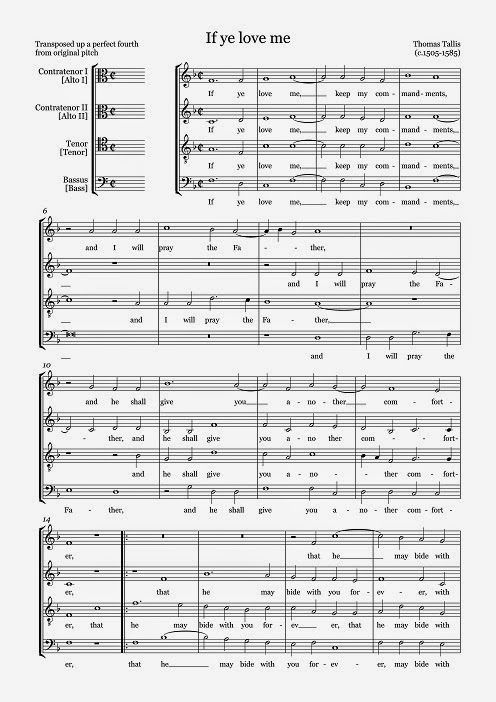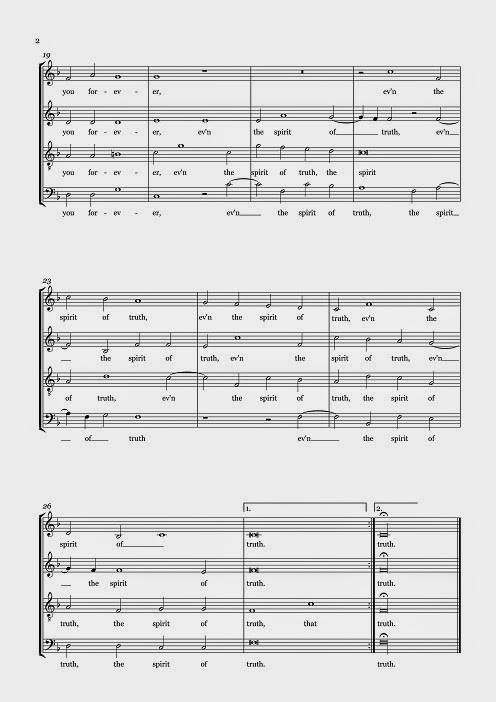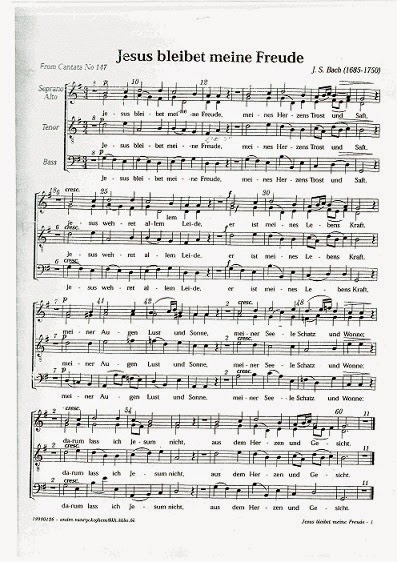Christmas concert in 2013 that I was asked in a primary school includes the involvement of 94 children of five classes (from first to fifth) of the only section of the school.
There is no path to long-term, it is a short route with defined goal but precise: to involve all children (without exception) in a public concert of Christmas.
In the second lesson, conducted in each class, check the level of acquired skills of intonation of children. Therefore, listening to the children divided by rows of benches (and thus for groups of six to eight children at a time) and within these individual groups, listen to them also further divided into groups of two or three at a time. Obviously, feeling more exposed to the public opinion, children are more timid, but verification is equally effective. Only in some cases I can also listen to individual children (in this case, the exposure is too high and shyness prevails).
The exercise is based on the first four sounds of the tune "Silent Night", without words. It is a central tessitura and a pattern familiar to all:
Typically, the intonation is too low (only in rare cases is increasing); it can also happen that they perform successfully, but an octave lower. Start from sound that children spontaneously emit and from there back to the sound it proposed.
Based on this simple assessment, you can divide the class into three groups: 1) group of children that show an immediate security of intonation; 2) group of children a little uncertain (or shy), considered likely to improve with practice; 3) group of children who have more difficulties, for which we would need more time to learn and practice specific, targeted.
After evaluation, it's back to sing the whole class to complete. The next lesson, we will try to guide the children in the group 1 to the singing, the other to the rhythmic section. Each group will work with specific exercises for the task that will have been addressed. Children in group 2 will eventually be re-evaluated before deciding on the final location. It being understood that there may be scenarios elastic, because, for example, the children of group 1 may also want to make the rhythmic section! But meanwhile it is an initial sorting.
Obviously, this does not mean that the rhythmic part is easier, but it definitely is a step preparatory to the use of the vocality, as well established in the music education.
Another year is dawning, dear Father, let it be
In working or in waiting, another year with Thee.
Another year of progress, another year of praise,
Another year of proving Thy presence all the days.
Another year of mercies, of faithfulness and grace,
Another year of gladness in the shining of Thy face;
Another year of leaning upon Thy loving breast;
Another year of trusting, of quiet, happy rest.
Another year of service, of witness for Thy love,
Another year of training for holier work above.
Another year is dawning, dear Father, let it be
On earth, or else in Heaven, another year for Thee.
Another famous text, which also inspired the Italian translation, is The Church's one foundation, by Samuel J. Stone (1866):
In working or in waiting, another year with Thee.
Another year of progress, another year of praise,
Another year of proving Thy presence all the days.
Another year of mercies, of faithfulness and grace,
Another year of gladness in the shining of Thy face;
Another year of leaning upon Thy loving breast;
Another year of trusting, of quiet, happy rest.
Another year of service, of witness for Thy love,
Another year of training for holier work above.
Another year is dawning, dear Father, let it be
On earth, or else in Heaven, another year for Thee.
Another famous text, which also inspired the Italian translation, is The Church's one foundation, by Samuel J. Stone (1866):
The church's one foundation
is Jesus Christ her Lord;
she is his new creation
by water and the Word.
From heaven he came and sought her
to be his holy bride;
with his own blood he bought her,
and for her life he died.
Elect from every nation,
yet one o'er all the earth;
her charter of salvation,
one Lord, one faith, one birth;
one holy name she blesses,
partakes one holy food,
and to one hope she presses,
with every grace endued.
Though with a scornful wonder
we see her sore oppressed,
by schisms rent asunder,
by heresies distressed,
yet saints their watch are keeping;
their cry goes up, "How long?"
And soon the night of weeping
shall be the morn of song.


